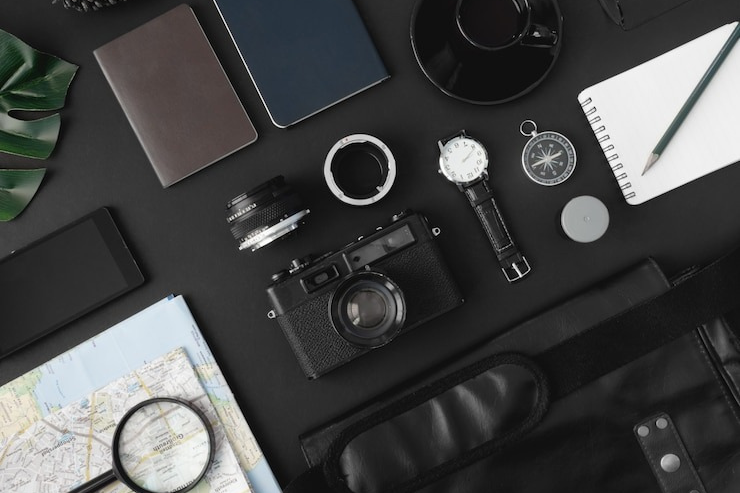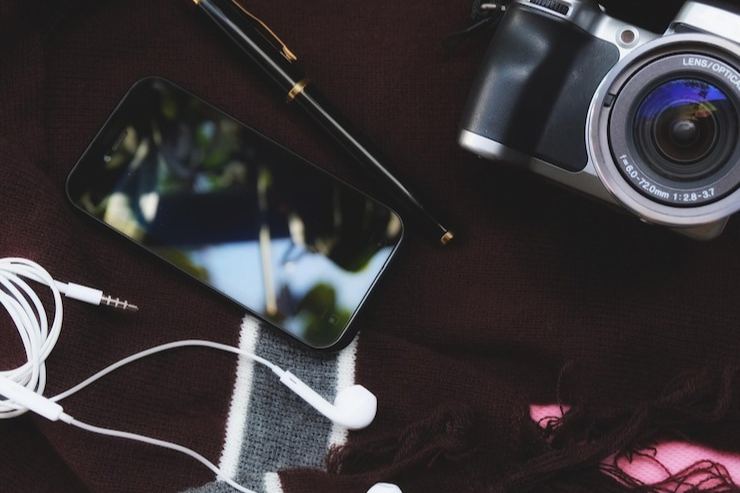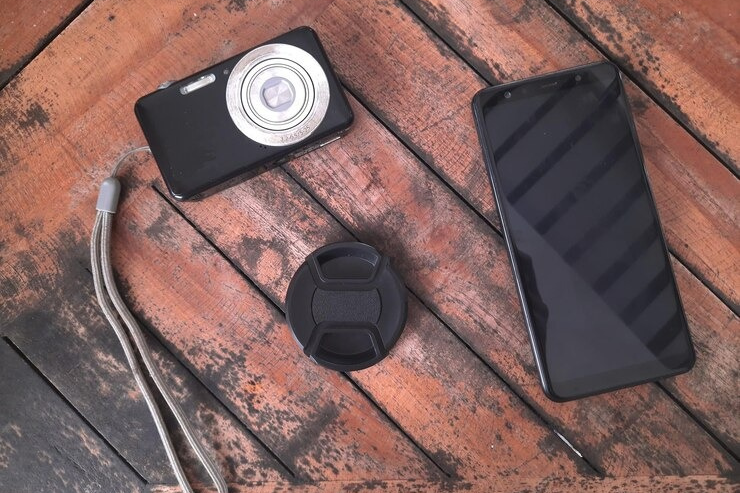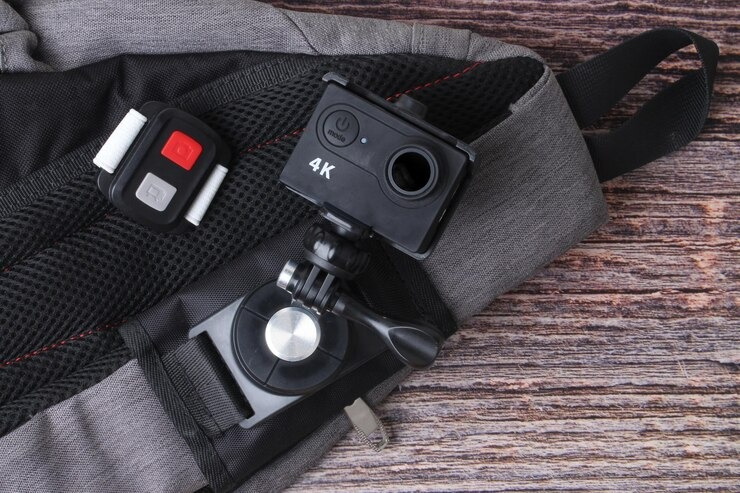Top Travel Gadgets for Photographers. I love taking pictures, as you are aware. At first, I spent most of my time outside, but now my camera follows me everywhere I go. In the suitcase, on my bike, in the street, in the ford, on my trail. After seven years of capturing pictures and four years of working as a professional, I have progressively upgraded my gear and accessories. Since I'm frequently asked what is necessary, I've included a brief blog post to help you decide. Whether it's the tripod, filters, camera bag, or even the camera clip.
Here is where you can find additional information about all of my photography gear: My travel photography equipment. And here is my summer hiking gear if you're seeking more broadly to see what (your) gear is for a day hike or even several days. My travel gear. In fact, this one collects all of my equipment. If you would like to help me, this is your chance to do it without having to pay anything because it's an affiliate link. Many thanks in advance. <3 The camera bag is undoubtedly the first necessity. Since I have a variety of uses, including professional ones, I've tested hundreds and currently own three, while you maintain one.
The Camera Clip

The price range is between 59 and more than 400 euros. Even if you may be tempted by the cheapest versions, keep in mind that the cost difference will be reflected in the number of compartments, the waterproofing, and most importantly, the long-term durability. It is ultimately the most expensive accessory. Therefore, since you won't need them, I don't suggest that you choose the most attractive ones. The second is the picture bag I always pack in my hiking kit. It's the most economical option because most individuals carry a hiking bag or city bag with them every day.
The cost is practicality: in order to reach the photo equipment, you must remove the bag and pouch and open it. When I have hiking equipment and the appropriate luggage for an itinerary or when there are high-altitude reports, I personally employ this option. It comes in several sizes so you may match your selection to the quantity of equipment you own. The trekking photo bag is the third option! Although there are hiking-specific bags and photos, most of the time they seriously sacrifice photo space. I hadn't thought of this option at first because of this.
Backpack or Shoulder Bag?

However, four years ago, I tested and adopted the MindShift Rotation bag. I'll let you see how it works, but in summary, a camera equipment bag rolls by rotating a belt without the bag ever leaving it. At the assembly of mountain gear, above the backpack. Extremely useful, however it has two drawbacks. As you can see, the length is the second drawback because it isn't available in huge quantities, which is unfortunate. The price is 273 euros for 22L and 317 euros for 34L. And if you could only pick one of these two options, it would be the pouch or the conventional photo bag, depending on any potential limitations.
The hiking bag will be the perfect and great companion if money is no object! It's the change! Adopting anything is the same as attempting it, therefore if you need one accessory, this is it! In fact, I had written an entire piece about it. The idea is straightforward: put your camera straight onto the strap of your jacket or backpack. Because you can access the camera without opening and setting down your backpack, it's simple yet incredibly effective. It's constantly open and accessible.
The Perfect Filter for Radiant Moments

Since I typically own two cases, I currently have two: the Peak Design (the benchmark brand that provided me one) and the PGYTECH Beetle Capture. I left the comparison as the two are priced differently. In retrospect, as I stated in the essay, I would definitely choose the PGYTECH. It is even easier to use and, in the end, works better on all bags. It is also more affordable 59 euros as opposed to 79 or even 89 euros and it doesn't break down by size. I also make sure to retain it as one of my important photography equipment.
It's always useful whether it's for timelapses, solo photos, long exposures, or sundowns or down suns! Actually, I'm referring to an article regarding the topic. The K&F C225 carbon travel tripod is my choice if I had to suggest one to you. Despite only reaching 1.53 meters, its ridiculously compact size and weight of less than 1 kilogram make it the ideal travel companion! The finest I could find in terms of weight, price, and quality! The polarizing filter and the ND filter (I don't recall making a special ND filter) are two vital photo filters in my opinion.
Choosing the Right Filters and Memory Cards for Optimal Photography

In broad daylight, a slower shutter speed is made possible by the ND filter (or ND filters), which reduce the amount of light that enters the sensor. In film, verticalization is crucial, and in photography, it's very useful for capturing long exposures, like when photographing waterfalls. In contrast, the main purpose of the polarizing filter is to reduce undesired reflections while simultaneously enhancing colors and contrasts. Whether it's the polarizing filter or the ND filter (I suggest you pick a variety so you don't have too many), if you have to, spend money on quality. The majority of brands distribute many ranges.
Aim toward the average rather than falling below the range. Although there are many brands, the market is dominated by two. A price/speed ratio that is a thousand times better is provided by Lexar, whereas the first (SanDisk) offers you an approachable quality/price ratio. I feel fine about shooting everything in RAW and increasingly in bursts, which is why I moved to Lexar. In any case, the only practical suggestion I can provide is to select multiple smaller cards, such as 64GB or 128GB, rather than going for too huge ones.
Comments
Post a Comment